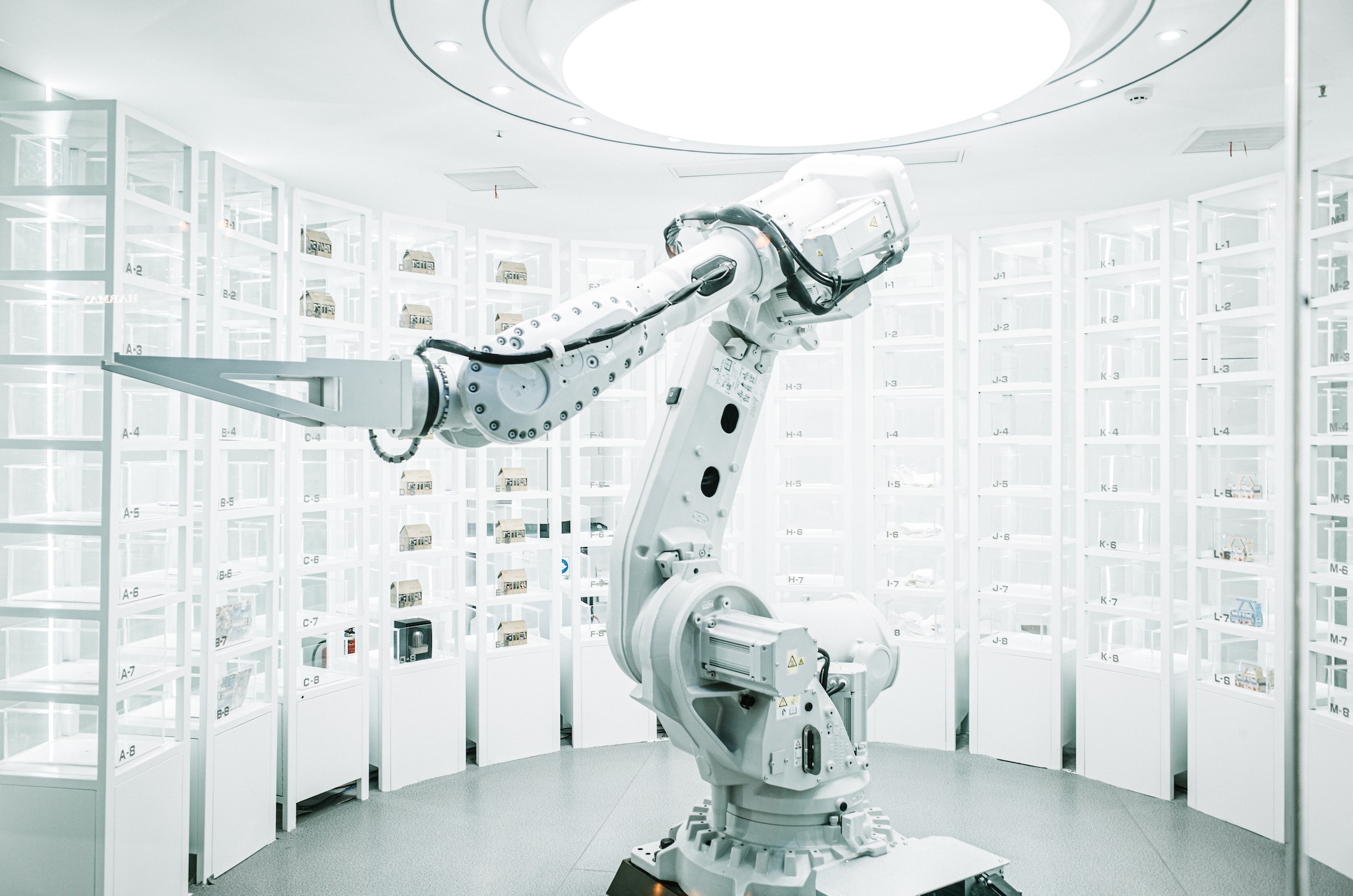In an address preceding CES, Deepu Talla, NVIDIA's Vice President of Robotics and Edge Computing, shed light on the revolutionary synergy between Generative AI and robotics.
With a strong lineup of partners, including Boston Dynamics, Collaborative Robotics, Covariant, Sanctuary AI, Unitree Robotics, and more, NVIDIA is spearheading the integration of GPU-accelerated large language models (LLMs) to bestow unparalleled intelligence and adaptability upon machines.
Autonomous Robots and AI
Talla emphasized the contemporary relevance of AI-powered autonomous robots in enhancing efficiency, reducing costs, and overcoming labor shortages.
NVIDIA's central role in the evolution of Generative AI traces back a decade when the company delivered the first NVIDIA DGX AI supercomputer to OpenAI.
Today, fueled by OpenAI's ChatGPT, Generative AI is rapidly becoming one of the most influential technologies.
According to Nvidia, Talla anticipates the influence of Generative AI extending beyond text and image generation, permeating diverse domains from homes and offices to farms and factories.
LLMs, functioning like the brain's language center, are set to revolutionize human-robot interactions, enabling robots to comprehend and respond to instructions more naturally.
This symbiosis facilitates continuous learning from humans, other machines, and the surrounding environment.
Real-World Applications of Generative AI in Robotics
Several innovative companies, including Agility Robotics, NTT, Dreame Technology, and Electric Sheep, are actively integrating Generative AI into their robotic technologies.
From understanding text or voice commands to training robot vacuum cleaners in simulated living spaces, Generative AI contributes to the evolution of robots with diverse applications.
The Dual-Computer Model for AI Deployment in Robotics
Talla showcased the dual-computer model pivotal for deploying AI in robotics.
The "AI factory," utilizing NVIDIA's data center compute infrastructure and AI platforms, is central to creating and refining AI models.
The second computer represents the runtime environment of the robot, situated in various locations such as the cloud, data center, on-premises server, or within an autonomous machine.
Breaking Down Technical Barriers With LLMs
Highlighting the role of LLMs, Talla discussed NVIDIA Picasso and its role in empowering users to create complex robotics workcells or warehouse simulations.
Generative AI tools like Picasso enable users to generate realistic 3D assets from simple text prompts, enhancing robot training environments.
According to Venture Beat, the transformative potential of Generative AI, coupled with advancements in LLMs, is eliminating traditional bottlenecks, making robots more adaptable and responsive to natural language interactions.
As NVIDIA propels Generative AI into the heart of robotics, the world awaits the transformative impact on industries and the pervasive deployment of intelligent, adaptable machines.
Photo: Zhenyu Luo/Unsplash



 Dell Revives XPS Laptop Lineup With New XPS 14 and XPS 16 to Boost Premium PC Demand
Dell Revives XPS Laptop Lineup With New XPS 14 and XPS 16 to Boost Premium PC Demand  Discord Confidentially Files for U.S. IPO, Signaling Major Milestone
Discord Confidentially Files for U.S. IPO, Signaling Major Milestone  Grok AI Faces Global Scrutiny Over Safeguard Failures and Illegal Content on X
Grok AI Faces Global Scrutiny Over Safeguard Failures and Illegal Content on X  Elon Musk’s xAI Expands Supercomputer Infrastructure With Third Data Center to Boost AI Training Power
Elon Musk’s xAI Expands Supercomputer Infrastructure With Third Data Center to Boost AI Training Power  Neuralink Plans Automated Brain Implant Surgeries and Mass Production by 2026
Neuralink Plans Automated Brain Implant Surgeries and Mass Production by 2026  Lenovo Unveils AI Cloud Gigafactory With NVIDIA and Launches New AI Platform at CES 2026
Lenovo Unveils AI Cloud Gigafactory With NVIDIA and Launches New AI Platform at CES 2026  FDA Limits Regulation of Wearable Devices and Wellness Software, Boosting Health Tech Industry
FDA Limits Regulation of Wearable Devices and Wellness Software, Boosting Health Tech Industry  Reddit Emerges as a Major Winner in the Shift to AI-Powered Search
Reddit Emerges as a Major Winner in the Shift to AI-Powered Search  TSMC Shares Hit Record High as Goldman Sachs Raises Price Target on AI Demand Outlook
TSMC Shares Hit Record High as Goldman Sachs Raises Price Target on AI Demand Outlook  Nvidia Unveils Rubin Platform to Power Next Wave of AI Infrastructure
Nvidia Unveils Rubin Platform to Power Next Wave of AI Infrastructure  Intel Unveils Panther Lake AI Laptop Chips at CES 2025, Marking Major 18A Manufacturing Milestone
Intel Unveils Panther Lake AI Laptop Chips at CES 2025, Marking Major 18A Manufacturing Milestone  Samsung Signals Comeback With HBM4 Chips as AI Market Heats Up
Samsung Signals Comeback With HBM4 Chips as AI Market Heats Up  Samsung Electronics Poised for Massive Q4 Profit Surge on Soaring Memory Chip Prices
Samsung Electronics Poised for Massive Q4 Profit Surge on Soaring Memory Chip Prices  AMD Unveils Next-Generation AI and PC Chips at CES, Highlights Major OpenAI Partnership
AMD Unveils Next-Generation AI and PC Chips at CES, Highlights Major OpenAI Partnership  Mercedes-Benz to Launch Advanced Urban Self-Driving System in the U.S., Challenging Tesla FSD
Mercedes-Benz to Launch Advanced Urban Self-Driving System in the U.S., Challenging Tesla FSD  BTIG Initiates Buy on SoftBank as AI and Robotics Strategy Gains Momentum
BTIG Initiates Buy on SoftBank as AI and Robotics Strategy Gains Momentum  Samsung to Double AI-Powered Mobile Devices with Google Gemini in Global AI Race
Samsung to Double AI-Powered Mobile Devices with Google Gemini in Global AI Race 































